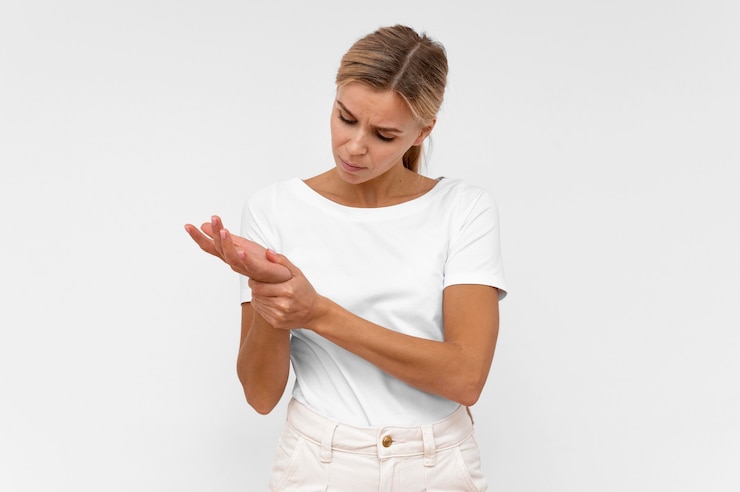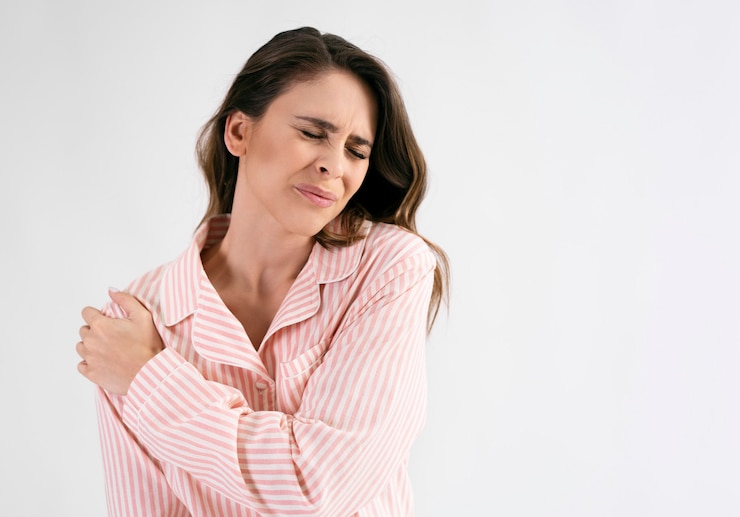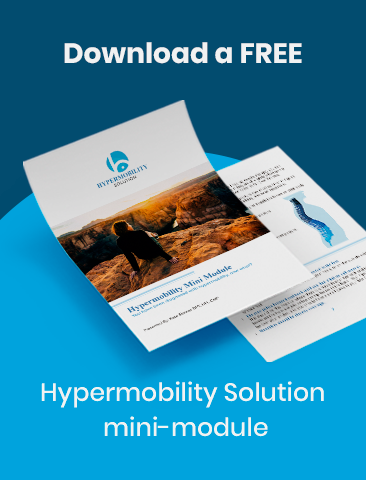Did you know that chronic pain and COVID-19 may be related?
We were stuck at home for so long, and now we are trying to resume normal activities while still coping with the mutating virus. Today, I want to talk about the impact of COVID-19 on chronic pain, including some of the ways it affects you and what you can do about it.
We’ll discuss:
- How COVID-19 affects chronic pain.
- Stress and its physical component.
- Stress and chronic pain.
- The fight, flight, or freeze response.
- How to handle COVID-19-related chronic pain.
- Move your body to control stress.
- Use stress management techniques.
- Make your stress management plan in the morning.
How COVID-19 affects chronic pain

Stress has a physical component
The first thing to understand is that stressful situations like a pandemic don’t just have a psychological effect but also a physical one. John Koch did excellent research about this after the financial crash in 2008.
One of the things he found while looking at the physical effects of stressful environments is that they have a more significant impact on your physiology than you realize. You might think you’re doing fine, but your blood chemistry says otherwise.
Stress is like gasoline for chronic pain
Another aspect of health-related situations is that stress tends to be much like gasoline. It doesn’t start a fire. It doesn’t create a spark but will blow up something already ongoing.
Stress tends to make it worse across the board when you have a back injury, neck injury, or just problem pain. We see this in neurological issues as well.
Stressful environments tend to make the symptoms of people with autoimmune disorders worse. We know there is a physical response. It’s not just in your head.
How you think does affect you, but it’s not as easy as making your pain go away just by telling yourself it’s stress. It doesn’t quite work that way.
Fight, flight or freeze
Stress triggers the brain-stem response of fight or flight. Or, more accurately, fight, flight, or freeze.
The words fight and flight indicate actions; you’re supposed to do something with them. Freeze is more like a kind of overload.
When there’s so much going on, you can shut down and no longer make decisions and can’t make choices. But with fight or flight, your body’s gearing up to do something and be active.
In our current situation, it’s very problematic. Suppose you’re watching the news and sending yourself into a fight-or-flight response. You’re sitting on your couch, not doing anything, and can’t run away.
Those stress chemicals don’t do good things when they’re just sitting in your body and your system. They tend to cause you more trouble and start working on your system instead of allowing you to mobilize and do something different to change your situation.
Understanding that it’s a physical problem and that it affects your symptoms allows you to put things into place to control harmful stress better.
How to handle COVID-19-related chronic pain

Move your body to control stress
Number one is to move your body because stress manifests as actual chemicals designed for you to get up and do something. So giving them something to do is the best path to take.
Make sure you get up and move; it doesn’t matter what you choose to do. You can walk around your house, do standing marching, do exercises, etc.
There are thousands of options online. Everything from Sit and Be Fit to an Insanity Workout where you can work out without equipment. Whatever you choose, find your level and make it a regular part of your routine.
If you can get rid of those chemicals and get them processed, you will not only feel better mentally but also feel better physically.
Moving toxic stress chemicals out of your body is vital for improving the impact of COVID-19 in chronic pain.
Use stress management techniques
Also, consider stress management techniques. These are the things that people most typically associated with managing stress.
Things like meditation, deep breathing, mindfulness, or whatever work for you to help calm your system and reduce your stress level.
It’s kind of like turning down the volume. It doesn’t make it all go away, but if you can at least keep the volume down, that makes things easier.
Make your stress management plan in the morning
My next suggestion is to plan your management strategy and plan something for the morning. After we sleep (and hopefully, you sleep pretty well), you have the best chance of setting an effective stress management plan for the day.
For example, decide when you’re going to check your social media. Decide what exercise you’re going to do and when you’re going to do it.
Try to make a plan in the morning, and do the most important thing(s) on your plan before the afternoon if you can. That’s when you’ll have the most reserve. By the afternoon, being motivated to do what you need to do is tough.
Make sure you use standard pain relief methods immediately when your pain symptoms increase. These include over-the-counter medication, topicals, heat, ice, changing position, etc.
These are effective when your symptoms are about to get nasty, and you’re in full-blown misery. Hurting is unpleasant, but when things are starting to aggravate, that’s the time to use all that you have at your disposal.
So hang in there. Be kind to yourself and others as much as you can. Try and get up and move and know that if your symptoms are worse right now, they will get better as this COVID-19 situation continues to develop and we start to find our new normal.
If you are looking for Hypermobility resources, feel free to check out my blog.
Are you looking to manage your Hypermobility symptoms?
Check out the Hypermobility Solution, the Hypermobile Neck Solution, and Hypermobility 101.

About Kate

Kate Skinner is a Doctor in Physical Therapy, co-founder of Great Divide Physical Therapy, and creator of Hypermobility Solution.
Recent Posts


